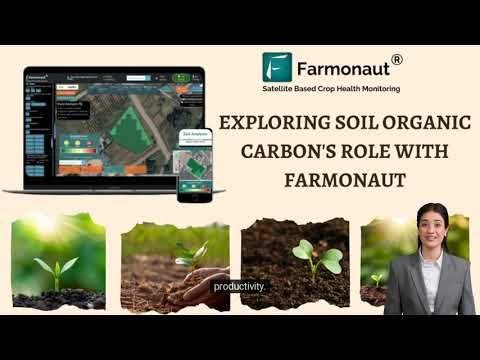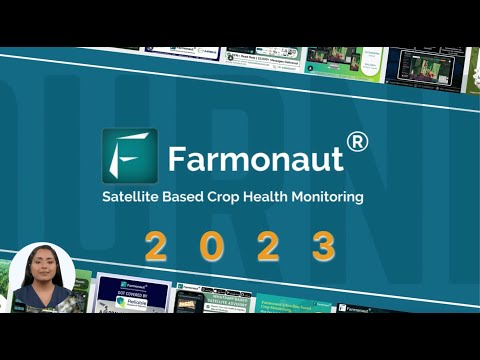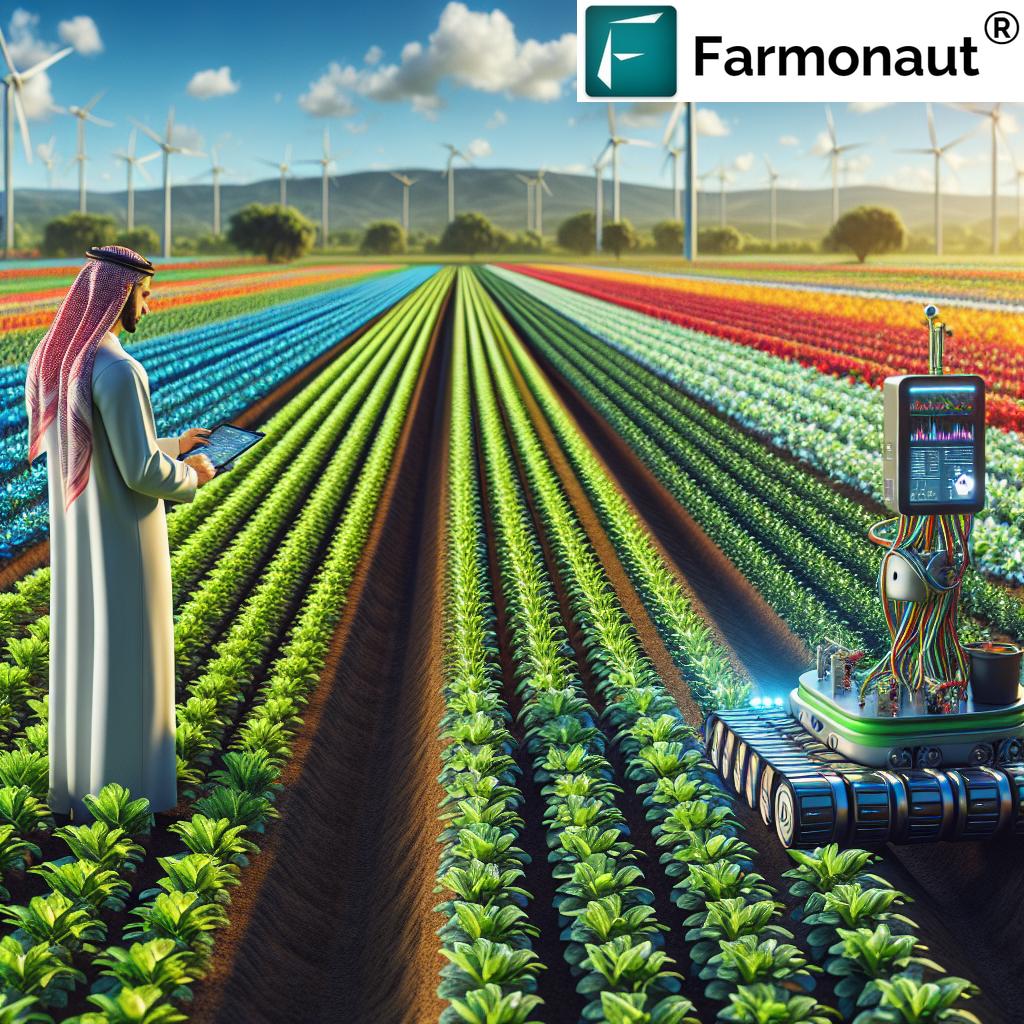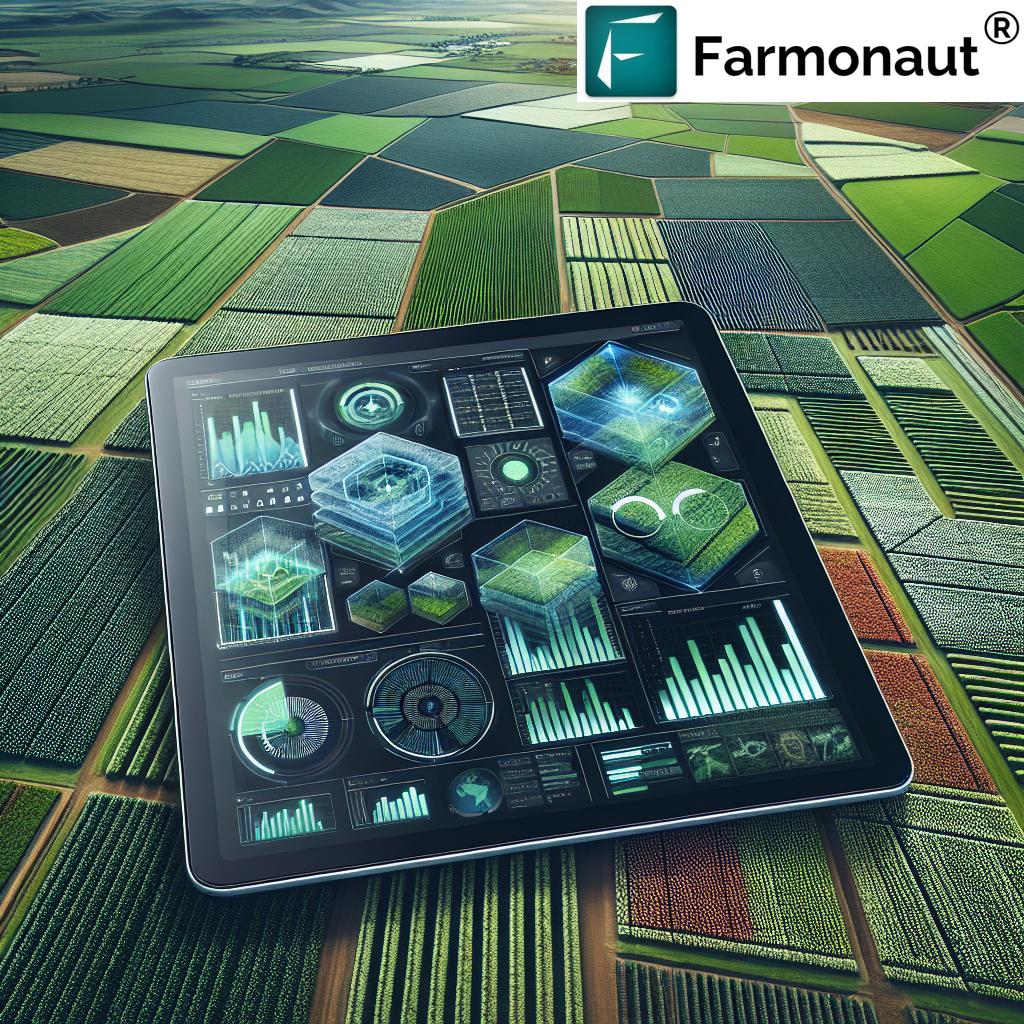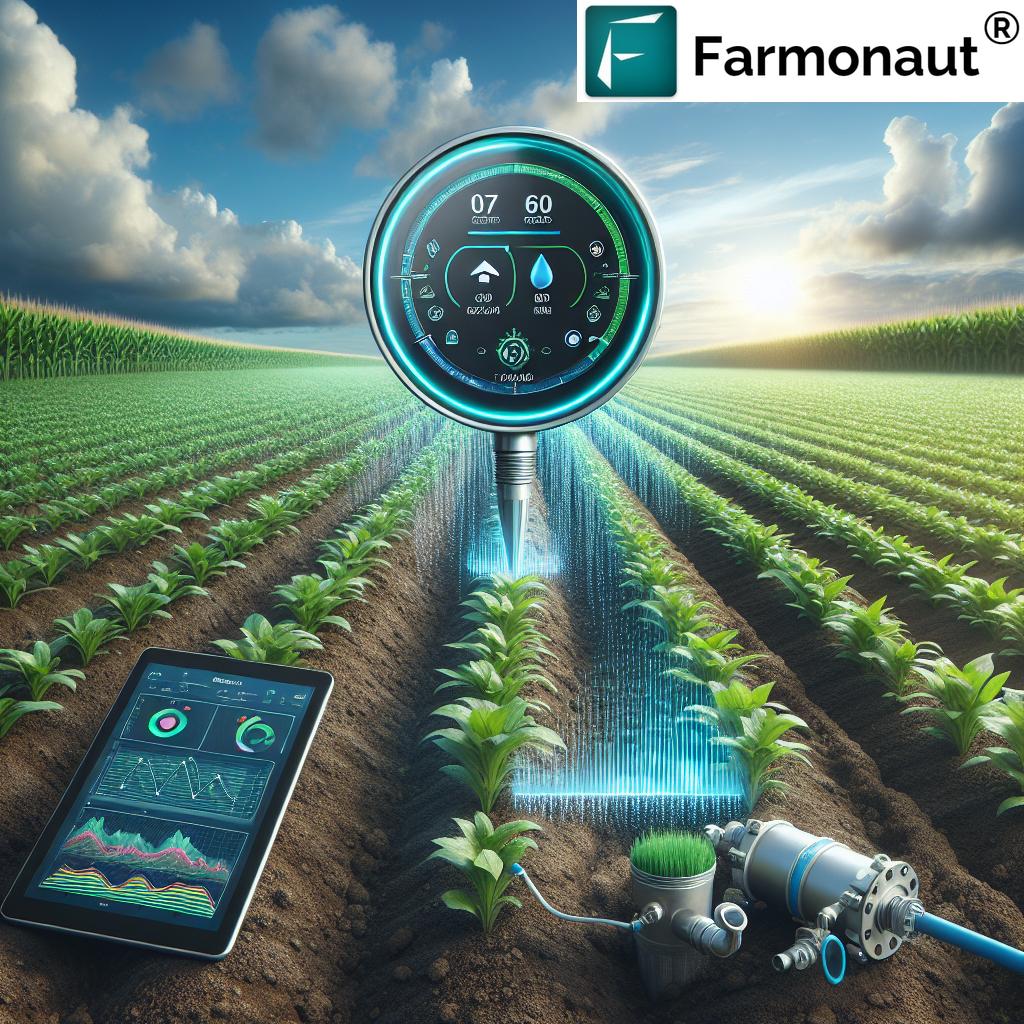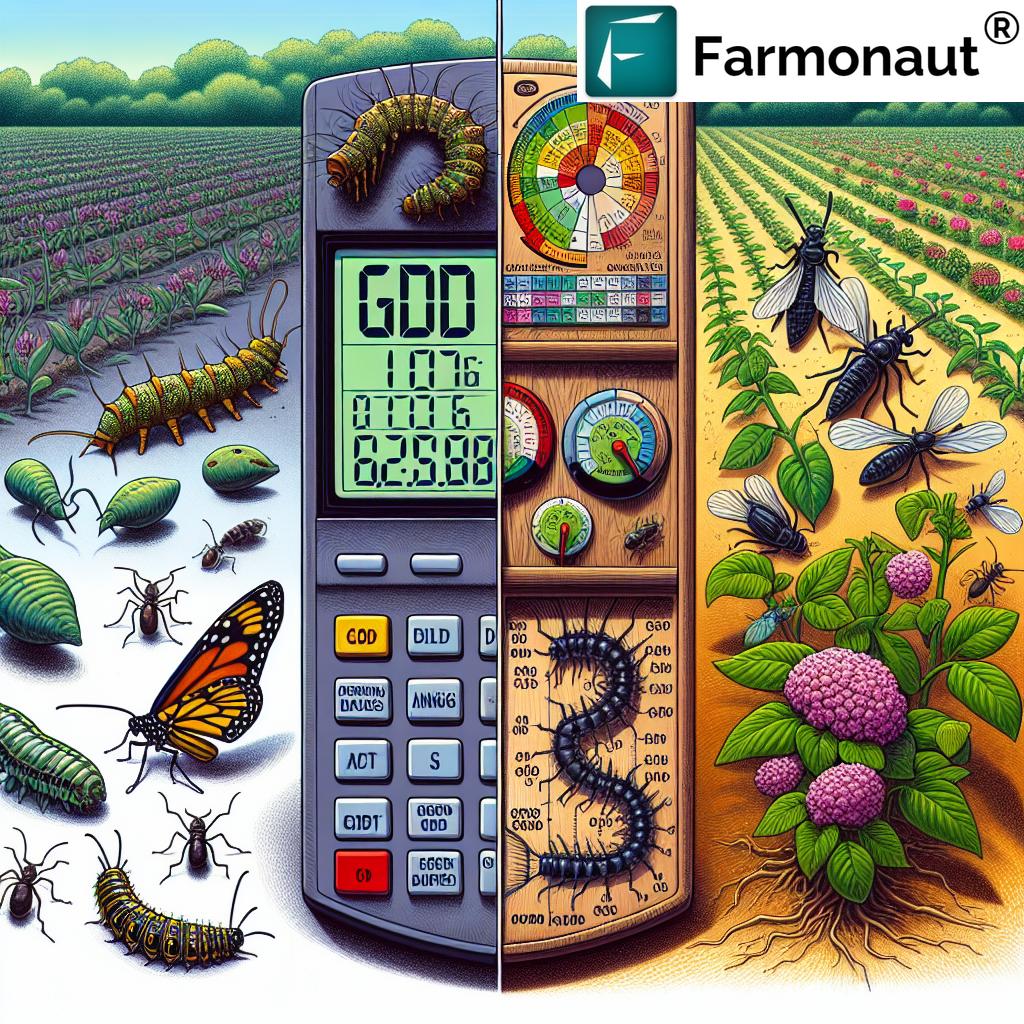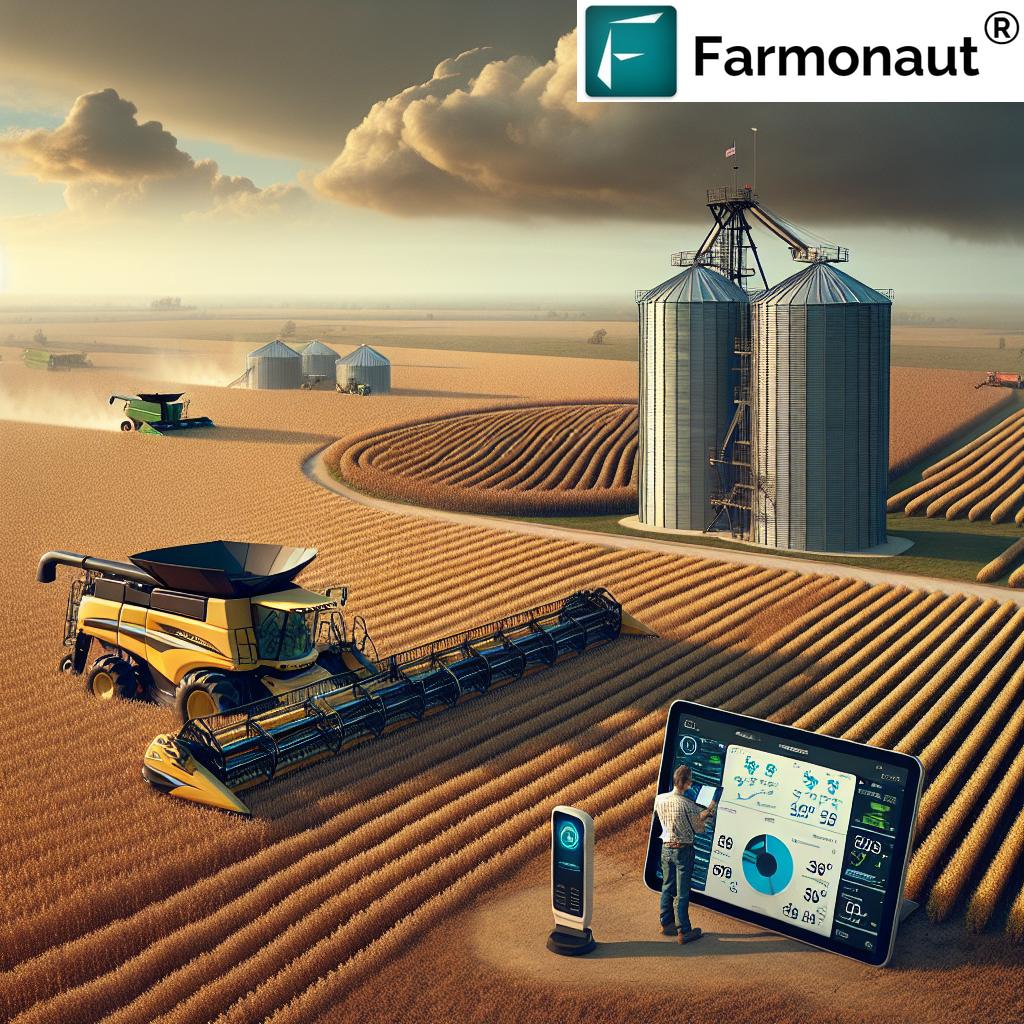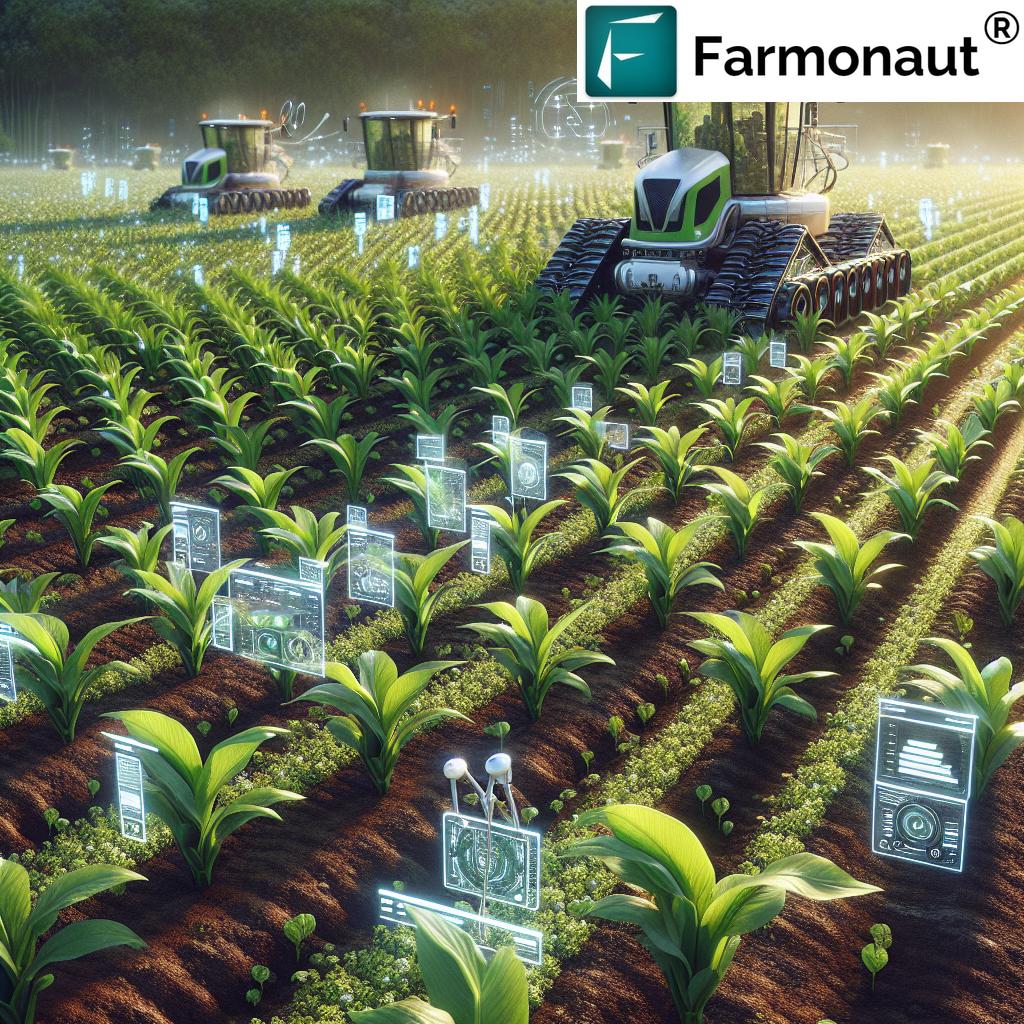Soil Sampling Machine: Uncover 7 Shocking Benefits!
“Automated soil sampling machines can increase sampling efficiency by up to 60% compared to traditional manual methods.”
Introduction: Unveiling the Power of Soil Sampling Machines
Soil health analysis lies at the core of successful agricultural management and sustainable farming. With soil fertility directly influencing crop productivity, precise soil sampling has become essential for efficient resource allocation and sustainable practices. But how can we boost sampling efficiency, accuracy, and scalability across diverse conditions and locations? The answer is modern soil sampling machines, which harness the power of automation, GPS integration, and advanced data management. Today, we will explore the transformative impact of these machines, focusing on seven shocking benefits that revolutionize how we approach soil health, fertility, and sustainable agriculture.
In this blog, we will:
- Compare traditional vs automated soil sampling systems
- Showcase the key features of advanced soil sampling equipment
- Reveal how recent technological advancements boost efficiency, accuracy, and sustainability
- Cover future trends in soil sampling technology and Farmonaut’s cutting-edge solutions
- Help you make optimal, data-driven, and sustainable farmland management decisions
Traditional vs Automated Soil Sampling: Methods That Shape the Future
Soil sampling is the cornerstone of modern agriculture, farming, and forestry. For decades, soil samples were manually collected using instruments like soil probes and augers. While manual methods remain common—especially on small-scale farms—technological innovations now allow us to automate this process and unlock a wealth of data-driven opportunities.
The Limitations of Manual Soil Sampling
- Labor Intensive: Manual sampling often requires significant time and physical effort, particularly across large fields.
- Inconsistent Results: Human error can lead to variation in sampling depth, interval, and core collection, resulting in unreliable soil data.
- Challenging Conditions: Compacted, rocky, or frozen soils can impede manual collection and reduce sample uniformity.
- Data Limitations: Manual sampling is often too slow for spatially expansive, data-driven agriculture.
By contrast, the rise of soil sampling machines marks a watershed moment in precision agriculture soil sampling.
Modern Soil Sampling Machines: Features, Advancements, and Key Technologies
“GPS-guided soil sampling improves analysis accuracy, reducing human error rates by nearly 40% in large-scale agricultural fields.”
Automated soil sampling machines are specialized tools designed to revolutionize the soil collection process. They leverage a range of advanced technologies, including:
- Automation for consistent and efficient sampling
- GPS integration for precise georeferencing and repeatable sampling
- Electronic depth control, ensuring accurate and adjustable sampling depths
- Hydraulic systems that can penetrate compacted or frozen ground
- Cloud-connected data management systems for seamless analysis and record-keeping
Key Features of Advanced Soil Sampling Equipment
-
Automated Sampling at Regular Intervals:
Machines like the Falcon Automated Soil Sampling System collect cores at digitally programmed intervals, eliminating most manual labor and reducing human error while improving repeatability. -
Electronic Depth Control:
Modern soil sampling machines allow operators to set precise depths electronically—a crucial requirement for soil health analysis and understanding nutrient distribution at various levels.
Explore advanced depth control technology -
Robust Hydraulic Mechanisms:
Incorporating hydraulics, these systems can collect samples in even the most challenging conditions—such as hard, compacted, or frozen soils—ensuring uniform sample collection across seasons and environments.
See how hydraulics improve sampling -
GPS Soil Sampling Technology:
GPS integration allows for precise mapping and recording of each sample’s location. This makes repeat sampling and spatial soil data analysis easy and reliable, supporting advanced precision agriculture soil sampling.
Learn more about GPS-integrated sampling -
Integrated Soil Data Management Systems:
Some systems connect to cloud-based platforms, allowing for efficient storage, sharing, and analysis of soil data—a key requirement for scalable farm management and research.
Discover next-gen soil data platforms
Soil Sampling Machines: 7 Shocking Benefits
Let’s explore the seven key benefits that make automated soil sampling machines a game-changer for precision agriculture and forestry:
1. Enhanced Efficiency & Speed
Automated soil sampling machines operate swiftly, collecting soil cores at regular intervals far quicker than manual methods. In fields where time is crucial—especially during planting or pre-season analysis—this rapid workflow boosts productivity and enables more samples to be collected per hour. Some advanced machines can increase sampling field coverage by 60% or more, dramatically optimizing farm operations.
2. Drastic Improvements in Accuracy
By integrating GPS technology and electronic depth controls, automated machines maintain consistent sampling depths and precise location records. This reduces human error, ensuring that each soil core accurately reflects the soil conditions and profile across the field. Such repeatability is vital for precision agriculture soil sampling and for reliably tracking soil health changes over time.
3. Significant Labor Reduction
Traditional sampling methods are labor-intensive, requiring manual collection at each desired point. Automated soil sampling machines greatly reduce the need for person-hours, allowing farm staff to focus on large-scale farm management and other value-added tasks rather than repetitive physical labor.
4. Adaptability Across Challenging Soil Conditions
Modern machines are designed to work in a variety of soil types and conditions, including compacted, rocky, or even frozen ground. Advanced hydraulic mechanisms ensure that the sampling process remains uniform and reliable, providing consistent data for agriculture and forestry, regardless of environmental challenges.
5. Superior Data Precision & GPS-Based Mapping
With GPS integration, these machines allow for precise georeferencing of every sample location. This leads to highly detailed fertility maps and spatial analysis, helping agronomists and managers make region-specific decisions for fertilization, irrigation, and crop management.
6. Better Integration with Cloud-Based Data Management
Automated sampling machines provide seamless integration with cloud-based soil data management systems. This ensures data is stored securely, can be easily shared or analyzed across multiple devices, and enables historical tracking for auditing and research—making modern, sustainable farm management a reality.
7. Enhanced Environmental Sustainability
Many of today’s advanced soil sampling equipment are developed to minimize soil disturbance and use energy efficiently. Automation reduces greenhouse gas emissions from labor- or fuel-intensive manual sampling, supporting more sustainable practices in both forestry and large-scale farming.
Comparison Table: Manual vs. Automated Soil Sampling
| Feature | Manual Soil Sampling | Automated Soil Sampling Machine (with GPS) | Estimated Improvement (%) |
|---|---|---|---|
| Sampling Speed (samples/hour) | 10 – 20 | 40 – 60 | +200% |
| Accuracy (% error reduction) | Baseline; prone to 10–15% error | 3–5% error with GPS control | 40–67% |
| Labor Required (person-hours) | High (4–6) per hectare | Low (<1) per hectare | -80% |
| Data Precision | Manual recording, variable | Automated, digital, geo-referenced | High |
| Geographic Coverage | Limited; time-consuming | Extensive; covers large areas fast | +150% |
| Environmental Impact | Potential soil compaction, high emissions due to time/labor | Minimal disturbance, energy-efficient | Better |
| Cost-Efficiency | Higher cumulative costs (labor, time) | Lower costs over time (equipment ROI, labor reduction) | 30–50% |
Soil Data Management & Integration: Turning Samples into Actionable Insights
One of the greatest advantages of modern soil sampling methods is the seamless integration of data management systems, transforming individual soil cores into actionable, real-time insights that drive better farm outcomes. Here’s why data management matters and how it works:
Why Is Data Management Essential in Agriculture?
- Enables ongoing soil health analysis by tracking changes across years and seasons
- Facilitates zone-specific recommendations for fertilizer, nutrients, and irrigation
- Supports digital record-keeping and regulatory compliance
- Improves communication between agronomists, farm managers, and field workers
Integration with Farm Management Platforms
Today’s most effective soil sampling machines synchronize directly with farm management systems. Data can be automatically uploaded to cloud-based platforms, where AI algorithms or expert systems translate raw data into meaningful reports, maps, and suggestions for:
- Variable-rate fertilization
- Targeted irrigation scheduling
- Pest and disease risk assessments
- Resource management and sustainability planning
With these capabilities, soil sampling in agriculture becomes truly scalable—enabling decision-makers to analyze soil health at regional, national, or even global scales.
How Farmonaut Empowers Precision Agriculture & Soil Health Analysis
At Farmonaut, we are dedicated to making precision agriculture affordable and accessible worldwide. Our platform brings together advanced technology and powerful data-driven insights to help farmers and agribusinesses maximize productivity, efficiency, and sustainability.
Farmonaut’s Leading Technologies: The Data Revolution in Soil & Crop Management
-
Satellite-Based Crop and Soil Monitoring:
We use multispectral satellite imagery to deliver detailed, real-time data on crop health, soil moisture, and more. Farmers can unlock instant insights for smarter irrigation, fertilization, and resource management—no expensive hardware required! -
AI-Driven Farm Advisory:
Our Jeevn AI advisory system analyzes soil and crop data to provide personalized tips on crop management, weather risks, and sustainable practices, driving both yield and resilience. -
Blockchain Product Traceability:
Trace every product’s journey from farm to table with Farmonaut’s blockchain-enabled traceability platform. This transparency can help brands, retailers, and consumers ensure authenticity and trust—especially valuable for supply chains in forestry or food. -
Fleet and Resource Management Tools:
Our fleet management features help agribusinesses optimize their equipment, logistics, and operational costs by leveraging near real-time tracking data. -
Carbon Footprinting and Sustainability:
We offer carbon footprinting solutions—tracking and managing environmental impacts to help farms meet global sustainability standards. -
Financial Enablement:
Our satellite-based crop loan and insurance verification tools streamline access to finance and insurance while reducing fraud and paperwork. -
Scalable, Mobile-First Access:
Farmonaut provides mobile apps for Android and iOS, as well as web portals, making it simple for everyone to get actionable soil and crop insights in their pocket. -
API and Developer Access:
Integrate the power of soil health analysis and farm data into your own applications and research via the Farmonaut API and developer documentation.
These solutions make precision agriculture soil sampling accessible, scalable, and sustainable—helping our global community make better decisions for the future of food, forestry, and the environment.
Critical Factors: Choosing the Right Soil Sampling Machine
Selecting a soil sampling machine is a decision that will affect your farm’s data quality, efficiency, and sustainability for years to come. Here’s what we recommend considering:
- Typical Soil Conditions: Examine your usual soil types—do you frequently face compacted, rocky, or frozen soils? Choose a machine with robust hydraulic mechanisms if so.
- Sampling Depth and Interval Requirements: Ensure the equipment allows easy, accurate control of depth and interval to capture meaningful soil profiles for your crops or forest types.
- Data Management and GPS Features: Do you need seamless integration with digital soil data management systems and precise georeferencing?
- Budget Considerations: While initial investment may be higher than manual tools, factor in long-term savings from labor and efficiency gains.
- Scalability and Support: Can the system handle larger fields or future expansion?
Future Trends: The Next Frontier for Soil Sampling Technology
Soil sampling is rapidly evolving as technology advances and agriculture becomes increasingly data-driven. We see several exciting trends on the horizon:
-
Fully Autonomous Soil Sampling Systems:
AI-powered robotics are under development to support fully autonomous and adaptive sampling, further minimizing labor and maximizing consistency. -
On-Site, Real-Time Soil Analysis:
Advances in portable sensors allow for near-instant measurement of soil health, reducing delays between collection and actionable decisions.
Read more on real-time soil analysis -
Increasing Sustainability:
New machines are being designed to reduce energy consumption and soil disturbance, making them more sustainable even at scale. -
Greater Cloud & AI Integration:
Continued evolution of data analytics, remote monitoring, and automated soil sampling recommendations will create smarter, more resilient farm systems.
Frequently Asked Questions (FAQ): Soil Sampling Machines & Modern Soil Health Analysis
1. What is a soil sampling machine, and how does it differ from manual sampling?
A soil sampling machine is an advanced tool that automates the collection of soil cores, often integrating GPS and digital data management. Unlike manual sampling (using augers or probes), machines deliver higher efficiency and consistency, especially across large fields or difficult soil conditions.
2. Why is GPS integration important in modern soil sampling equipment?
GPS integration provides precise location data for each soil sample, enabling spatial mapping of soil fertility and health. This supports repeatable, zone-specific sampling and enhances overall soil health analysis accuracy.
3. How do automated soil sampling machines improve sustainability?
Automation reduces the need for manual labor, minimizes soil disturbance, and often utilizes energy more efficiently. These machines also improve data quality, leading to smarter input use and fewer environmental impacts.
4. Can smallholders access modern soil sampling and farm management tools?
Absolutely. Platforms such as Farmonaut provide app-based access to satellite monitoring, soil health insights, crop assessment, and more, without the need for expensive local hardware.
5. What are the main use cases for soil data collected via automated machines?
Collected data is used to optimize fertilization, irrigation, and crop selection, detect nutrient or water deficiencies, plan for sustainable resource allocation, and monitor long-term field health and productivity.
6. What integrations does Farmonaut offer for developers or enterprise solutions?
Farmonaut offers API access and complete developer documentation, enabling integration of soil and crop data into proprietary platforms or research tools.
Conclusion: Shaping the Future of Soil Health & Sustainable Agriculture
The shift from manual sampling to automated soil sampling machines is more than just a technological upgrade—it’s a revolution in how we approach soil health analysis, resource management, and sustainable farming. With advanced features like GPS integration, hydraulic depth control, and cloud-connected soil data management systems, these machines help us achieve unparalleled efficiency, accuracy, and environmental stewardship.
By incorporating modern soil sampling methods and leveraging solutions like Farmonaut, farmers and agribusinesses worldwide are empowered to make data-driven decisions, increase yields, reduce waste, and support long-term sustainability—ensuring that our food systems thrive for generations to come. Whether you manage a small family farm or oversee thousands of hectares, now is the time to embrace the next era of soil and crop intelligence.





![Soil Sampling Machine: Uncover 7 Shocking Benefits! 4 Soil Sampling Machine: Uncover 7 Shocking Benefits! [Focus Keyword]](https://farmonaut.com/wp-content/uploads/2025/05/Soil-Sampling-Machine-Uncover-7-Shocking-Benefits_1.jpg)
![Soil Sampling Machine: Uncover 7 Shocking Benefits! 5 Soil Sampling Machine: Uncover 7 Shocking Benefits! [Focus Keyword]](https://farmonaut.com/wp-content/uploads/2025/05/Soil-Sampling-Machine-Uncover-7-Shocking-Benefits_2.jpg)
